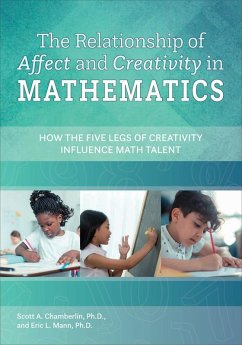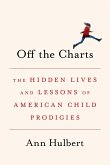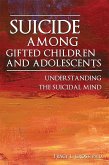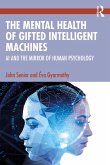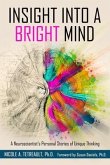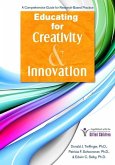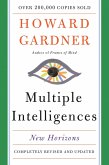The Relationship of Affect and Creativity in Mathematics explores the five legs of creativity-Iconoclasm, Impartiality, Investment, Intuition, and Inquisitiveness-as they relate to mathematical giftedness. This book:
This practical, research-based book is a must-read for stakeholders in gifted education, as many advanced students are underidentified in the area of creativity in mathematics.
- Discusses these affective components relevant to mathematical learning experiences.
- Shares how affective components impact students' creative processes and products.
- Shows the influence of learning facilitators, including teachers, afterschool mentors, and parents.
- Describes facilitating environments that may enhance the likelihood that creative process and ultimately product emerge.
- Utilizes the expertise of two young scholars to discuss the practical effects of affect and creativity in learning experiences.
This practical, research-based book is a must-read for stakeholders in gifted education, as many advanced students are underidentified in the area of creativity in mathematics.
Dieser Download kann aus rechtlichen Gründen nur mit Rechnungsadresse in D ausgeliefert werden.

